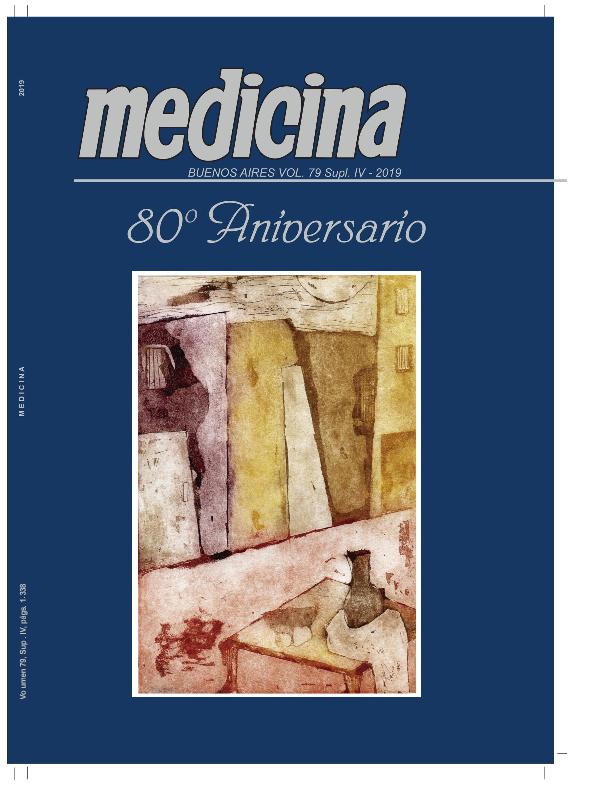Evento
A transcellular Gb3 dependent pathway is mainly responsible for Shiga toxin-2 cytotoxicity and translocation across human intestinal epithelial cells infected with E. coli O157:H7.
Tipo del evento:
Reunión
Nombre del evento:
LXIV Reunión Anual de la Sociedad Argentina de Investigación Clínica; LI Reunión Anual de la Asociación Argentina de Farmacología Experimental; XXI Reunión Anual de la Sociedad Argentina de Biología; XXXI Reunión Anual de la Sociedad Argentina de Protozoología y IX Reunión Anual de la Asociación Argentina de Nanomedicinas
Fecha del evento:
13/11/2019
Institución Organizadora:
Sociedad Argentina de Investigación Clínica;
Asociación Argentina de Farmacología Experimental;
Sociedad Argentina de Biología;
Sociedad Argentina de Protozoología;
Asociación Argentina de Ciencia y Tecnología de Animales de Laboratorio;
Asociación Argentina de Nanomedicinas;
Título de la revista:
Medicina (Buenos Aires)
Editorial:
Fundacion Revista Medicina
Idioma:
Inglés
Clasificación temática:
Resumen
Shiga toxin-2 (Stx2) is produced and released by E. coli O157:H7 (O157:H7) into the intestinal lumen after colonization, and is able to translocate to the circulatory system and reach target cells causing hemolytic uremic syndrome. Our aim was to elucidate which pathways were involved in Stx2 endocytosis and translocation across intestinal cells infected with STEC. HCT-8 cells grown on 96-well plates were preincubated with specific endocytosis inhibitors such as Eliglustat (EG), Dynasore (DY), MßCD or Amiloride (AM). Then, cells were washed and incubated for 4 h with 100 ng/ml Stx2 alone or in the presence of O157:H7 mutant lacking stx2 gene (O157:H7Ðstx2). Stx2 uptake was measured by flow cytometry and its cytotoxic effect by neutral red uptake assay. Translocation of Stx2 was evaluated by inhibitor preincubation of HCT-8, grown as monolayers on Millicell inserts, and incubated with O157:H7 Ðstx2+ Stx2. Then Stx2 cytotoxicity was quantified in lower chamber media by neutral red uptake, To analyze inhibitors effect on bacteria attachment, bacterial adherence assays were performed on HCT-8 monolayers cultured on 24- wells plates. EG caused the maximum decrease of Stx2 cytotoxic activity, followed by MßCD. AM and DY significantly neutralized Stx2 cytotoxicity but only in presence of O157:H7Ðstx2.Furthermore, Stx2 uptake was reduced when cells were preincubated with EG or MßCD, compared to DY or AM (p<0.05), indicating that Stx2 uptake may depend on Gb3 receptor, and, to a lesser extent, on cholesterol, which is consistent with a necessary interaction between Stx2 and its receptor to cause cytotoxicity. Moreover, both dynamin-dependent endocytosis and Gb3-independent macropinocytosis became relevant only when bacteria were present, suggesting that these mechanisms are sensible to bacterial infection. Taken together, our study suggests that the mechanisms responsible for enhanced cytotoxicity and transcytosis during infection may have the same endocytic origin
Palabras clave:
E. coli
,
SUH
,
Stx2
,
Transcytosis
Archivos asociados
Licencia
Identificadores
Colecciones
Eventos(IFIBIO HOUSSAY)
Eventos de INSTITUTO DE FISIOLOGIA Y BIOFISICA BERNARDO HOUSSAY
Eventos de INSTITUTO DE FISIOLOGIA Y BIOFISICA BERNARDO HOUSSAY
Citación
A transcellular Gb3 dependent pathway is mainly responsible for Shiga toxin-2 cytotoxicity and translocation across human intestinal epithelial cells infected with E. coli O157:H7.; LXIV Reunión Anual de la Sociedad Argentina de Investigación Clínica; LI Reunión Anual de la Asociación Argentina de Farmacología Experimental; XXI Reunión Anual de la Sociedad Argentina de Biología; XXXI Reunión Anual de la Sociedad Argentina de Protozoología y IX Reunión Anual de la Asociación Argentina de Nanomedicinas; Mar del Plata; Argentina; 2019; 1-5
Compartir




